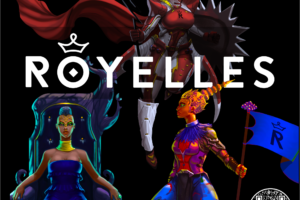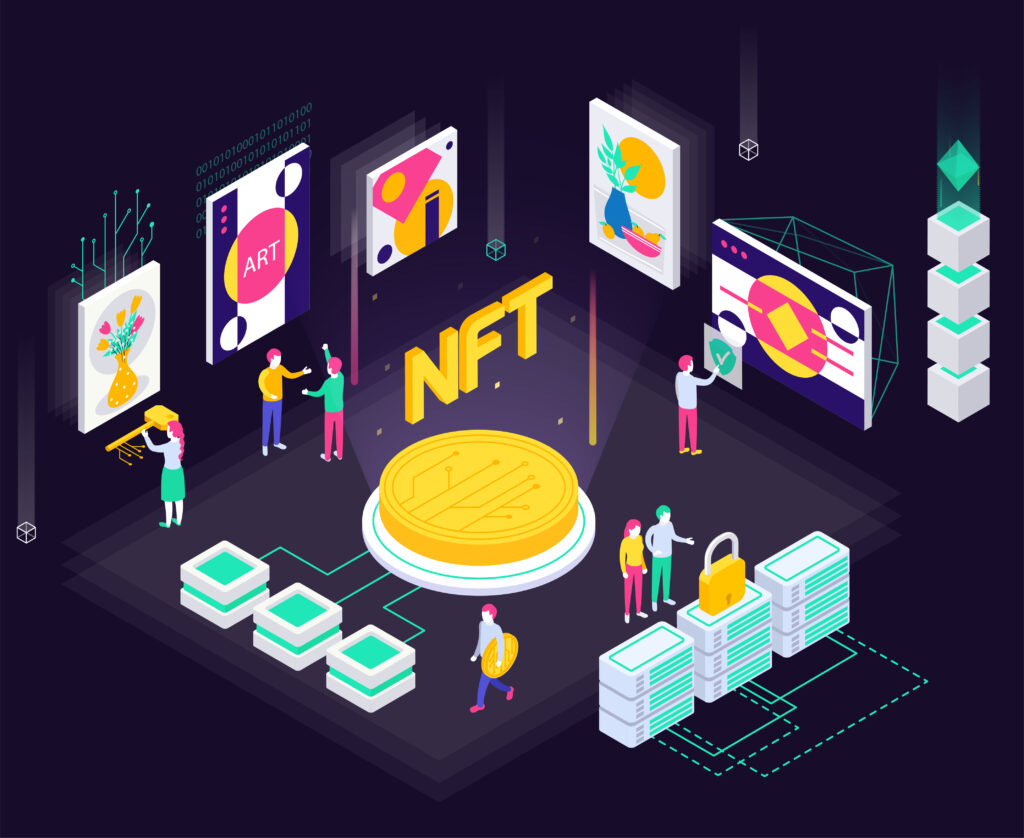
The disgraced former CEO of fraudulent crypto company GAW Miners has reached the end of a legal saga spanning more than three years. Josh Garza has been sentenced to 21 months in prison and payments of $9,182,000 in damages. His prison term will be followed by three years of supervised release, including six months of home confinement.
US Attorney for the District of Connecticut John H. Durham announced the sentence, which follows Garza’s guilty plea to wire fraud.
How GAW Miners Lost Their Zen
GAW Miners started as a cloud mining service. Fraud allegations began to emerge in 2014, and formal charges followed. The SEC accused GAW with acting as a Ponzi scheme by selling more crypto mining power than they really had. Around that time, GAW also peddled its token, PayCoin, which they promised had a $20 ‘floor.’ That floor dropped out in 2015, to the ire of beswindled token holders. By the end of January, one PayCoin was worth less than $2.
According to the Department of Justice, Garza “stated that the market value of a single paycoin would not fall below $20 per unit because Garza’s companies had a reserve of $100 million that the companies would use to purchase paycoins to drive up its price. In fact, no such reserve existed.”
Nor did an $8 million transaction in which GAW’s parent company allegedly purchased controlling shares of ZenMiner (another company founded and operated by Garza). “Garza made multiple false statements related to the scheme,” the release states, “to generate business and attract customers and investors.”
The PayCoin collapse initiated the undoing of GAW and ultimately of Garza. GAW tried to bounce back with some unsuccessful endeavors like a crypto exchange called Mineral and a platform for making Amazon purchases called CoinStand, before the company went into default for failing to pay their power bill.
The truth eventually began to come to light after internal emails and documents surfaced, after GAW went under separate investigations by the SEC and the DOJ. A few years later, these investigations have finally resulted in Thursday’s sentence.
Justice and Fraud in CryptoSpace
The sentence is a win for the Department of Justice, which has been puzzling over how to govern the crypto world, and could set precedents for following cases, including investigations already underway.
A Bloomberg study has found that over 80 percent of ICOs are scams. Meanwhile, TechCrunch reports that over 1,000 crypto projects have failed in 2018, and $1.1 billion in cryptocurrencies have been stolen this year, according to CNBC.
The crypto landscape and the justice system clearly have some reckoning to do, but investors need to exercise serious caution in the meantime. Although Garza’s sentence sets a precedent, it’s based on a situation that’s not necessarily unique.
Garza’s Sentence May Not Satisfy Defrauded Victims
Critics of the sentence have pointed out how with good behavior Garza could be out in 18 months, a light load considering his fraudulent acquisitions through PayCoin could’ve totaled $20 million by some estimates, and considering the 20 years of prison time per infraction Garza was facing in court. The lighter sentence was part of a plea deal.
While Garza denied all charges at first, he expressed remorse about his actions in a courtroom statement Thursday, according to CoinDesk. Garza is ordered to report to prison on January 4th, 2019.
















I like reading a post that will make men and women think.
Also, thank you for permitting me to comment!
Generic Cialis Professional Levaquin Purchasing Price With Next Day Delivery Levitra Se Necesita Receta viagra online Photo Levitra Kamagra Stoke On Trent Penacillin Allergy Cephalexin
I think that what you said was actually very logical. But,
consider this, what if you wrote a catchier post title?
I am not suggesting your information is not good, however suppose you
added something that grabbed a person’s attention?
I mean Defrauding Crypto CEO Josh Garza Sentenced in Landmark
Case – The Block Talk is a little plain. You should look at Yahoo’s home
page and see how they create article headlines to grab people to click.
You might try adding a video or a picture or two to grab
people interested about what you’ve written. In my opinion, it might make your posts a little livelier.
Appreciate the recommendation. Will try it out.
Heya! I just wanted to ask if you ever have any trouble with hackers?
My last blog (wordpress) was hacked and I ended up
losing a few months of hard work due to no backup. Do you have any solutions to
protect against hackers?
Thanks for finally talking about >Defrauding Crypto CEO
Josh Garza Sentenced in Landmark Case – The Block Talk <Liked it!
Everything is very open with a very clear description of the issues.
It was definitely informative. Your site is very
helpful. Many thanks for sharing!
I was recommended this website by my cousin. I am not sure whether this
post is written by him as nobody else know
such detailed about my problem. You’re incredible! Thanks!